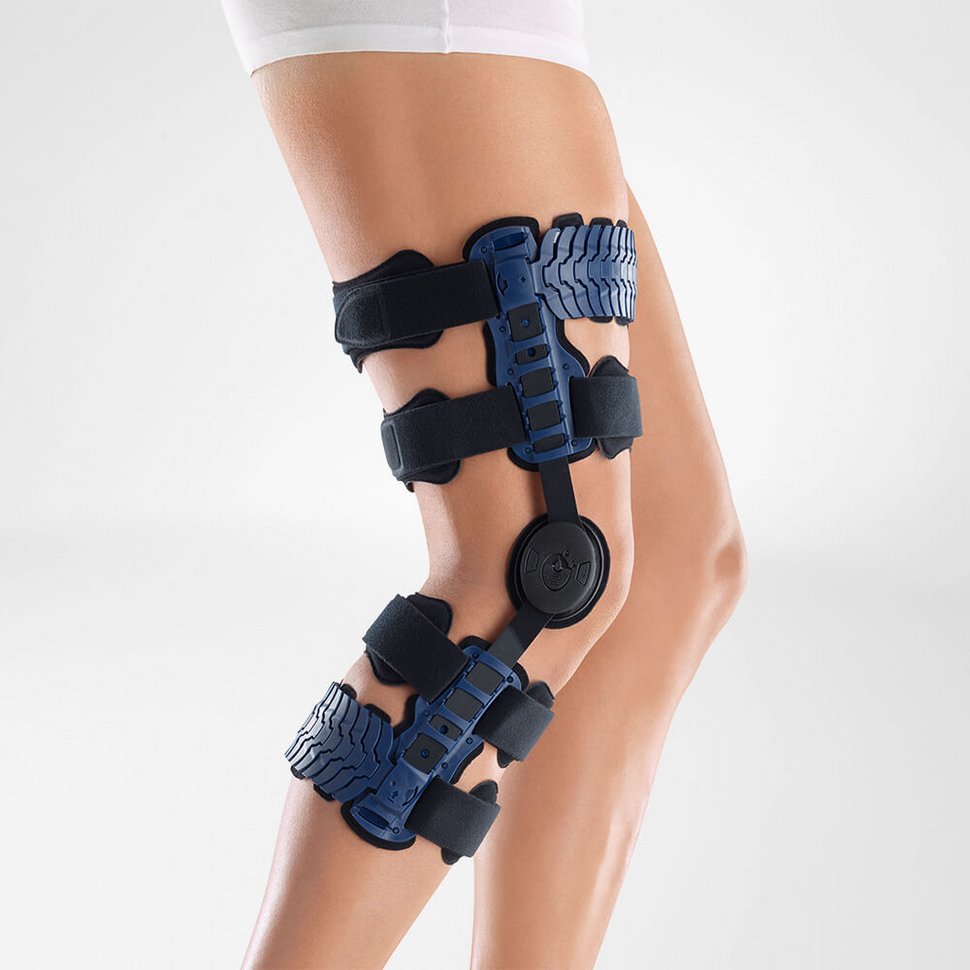TYPE 2 DIABETES: ALSO KNOWN AS ADULT ONSET DIABETES
Diabetes mellitus or simply diabetes is a relatively common condition affecting many and usually is detected at a young age. Patients suffering from this condition have a permanently elevated blood sugar level.
In the case of Type-2 Diabetes, the body produces enough insulin, however, the body fails to respond to the insulin and develops a resistance to insulin. This results in accumulation of blood sugar in the body.
As the condition progresses there are significant risks to major organs of the body including the heart, eyes, kidneys, nerves and blood vessels.
CAUSES OF TYPE 2 DIABETES
Type-2 Diabetes is a disease affecting patients of all ages. There are a few well-known factors that contribute to the development of the condition, they include:
- Hereditary and congenital factors. Diabetes can be passed down within the family and is probably the leading cause of the condition.
- Lack of exercise and being overweight or obese can significantly increase the risk.
- Adipose tissue or fat, in some cases, produces substances that can promote insulin resistance. This may be a direct result of a fat metabolism disorder.
- High blood pressure
- Unhealthy diet including alcohol consumption and smoking.
- Stress

TYPE 2 DIABETES SYMPTOMS
- Fatigue and blurry vision
- Loss in weight
- Strong feeling of thirst accompanied by frequent urination
- Abdominal pain, nausea and vomiting with no apparent cause
- Delayed healing of wounds
- Dry or itchy skin
- Chemical smelling exhaled air (acetone smell)
- Dark rashes around the neck or armpits (called acanthosis nigricans) and is often a sign of insulin resistance.
As time progresses and if blood sugar levels aren’t regulated regularly using localized injections of insulin, there are significant risks of developing chronic symptoms including:
- Damage to tissues and internal organs
- Damage to nerves and blood vessels
- Significant risks of developing associated diabetic diseases including:
- Diabetic Nephropathy (damage to the kidneys)
- Diabetic Angiopathy (damage to the arteries) The increased sugar levels can erode arteries and soft tissue. The body responds by depositing proteins that calcify. As time progresses, these calcifications thicken and can lead to narrowing of the affected artery. and damage the arteries and organs they supply in the long term.
- Diabetic Foot Syndrome: Diabetic foot syndrome is a serious complication that can be life-threatening. The condition is caused due to increasing neuropathy. Dry skin and a waning sensibility often result in undetected wounds, which in turn are exacerbated due to the circulatory disorder from diabetes. Further, the wounds can serve as an entry point for pathogens and infections and can result in sepsis.
- Reticulopathy (damage to the retina of the eye)
- Malfunctions of the cardiovascular system, the digestive system and the musculoskeletal system.
- Peripheral Circulatory Disorders (PAD)
- Risk of stroke and heart attacks
- Developing dementia (Vascular dementia)
DIAGNOSIS OF TYPE 2 DIABETES
A professional medical practitioner begins with a complete patient history to understand any family history of the disease. Following which the doctor can conduct one of the following tests:
- A1C test: A simple blood glucose test to measure sugar levels.
- Fasting Plasma Glucose test: requires a patient to fast before the test to measure sugar levels on an empty stomach.
- Oral Glucose tolerance test (OGTT): This test requires a patient to drink something sweet. It allows the doctor to measure how the body handles the intake of sugar and can provide valuable information for an effective treatment path.
TREATMENT FOR TYPE 2 DIABETES
-
LIFESTYLE CHANGES
Switching to a healthy diet and incorporating a healthy routine including sufficient hours of sleep and exercise has proven effective in preventing the onset of diabetes type 2. Abstaining from alcohol and nicotine also greatly helps.
-
KNOWING YOUR BODY
- It is important that patients measure their insulin levels regularly to gather as much information as to how activities and certain foods affect their blood sugar and insulin levels.
- Patients should also be aware of the possibility of wounds on their feet. Regularly checking for minor wounds or injuries can help minimize the risk of infection.
- The more information patients have the better choices they can make to regulate the condition.

-
REGULATED EXERCISE
- Exercise is very important in treating type 2 diabetes. Physical activity can help regulate the metabolism of blood sugar and help with the insulin resistance.
- Patients who regularly exercise and maintain a healthy insulin level (through the prescribed insulin injections) can prevent risks of developing secondary diabetic diseases.
-
REGULAR INSULIN INJECTIONS
- In type-2 diabetes the body produces sufficient insulin, however, the body is unable to utilize it. Over time the pancreas begins to decrease the amount of insulin it produces.
- In the long term patients suffering from type-2 diabetes also need to regulate insulin levels by relying on external localized injections of insulin.
- Typically, doctors start patients out on two injections a day. The amount might vary on a case to case basis.
- Ensuring adequate levels of insulin can help shield against risks of secondary diabetic diseases like diabetic foot syndrome.
SOFT PAD INSOLES: PREVENT DIABETIC FOOT SYNDROME
High-quality soft cushion insoles such as the ErgoPad soft diabetes help prevent diabetic foot syndrome by relieving the feet at critical points. The multi-layered structure absorbs excess pressure and distributes them evenly over the entire tread when walking. This effectively relieves pressure points on the heel and on the big toe joint, which are exposed to particularly high loads of stress when walking.

Regular use of the ErgoPad Soft provides comfort and relief to sensitive feet and can help minimize the chances of injury and by extension infections and diabetic foot syndrome. It is highly recommended patient’s use soft pad insoles for a healthy prognosis.















